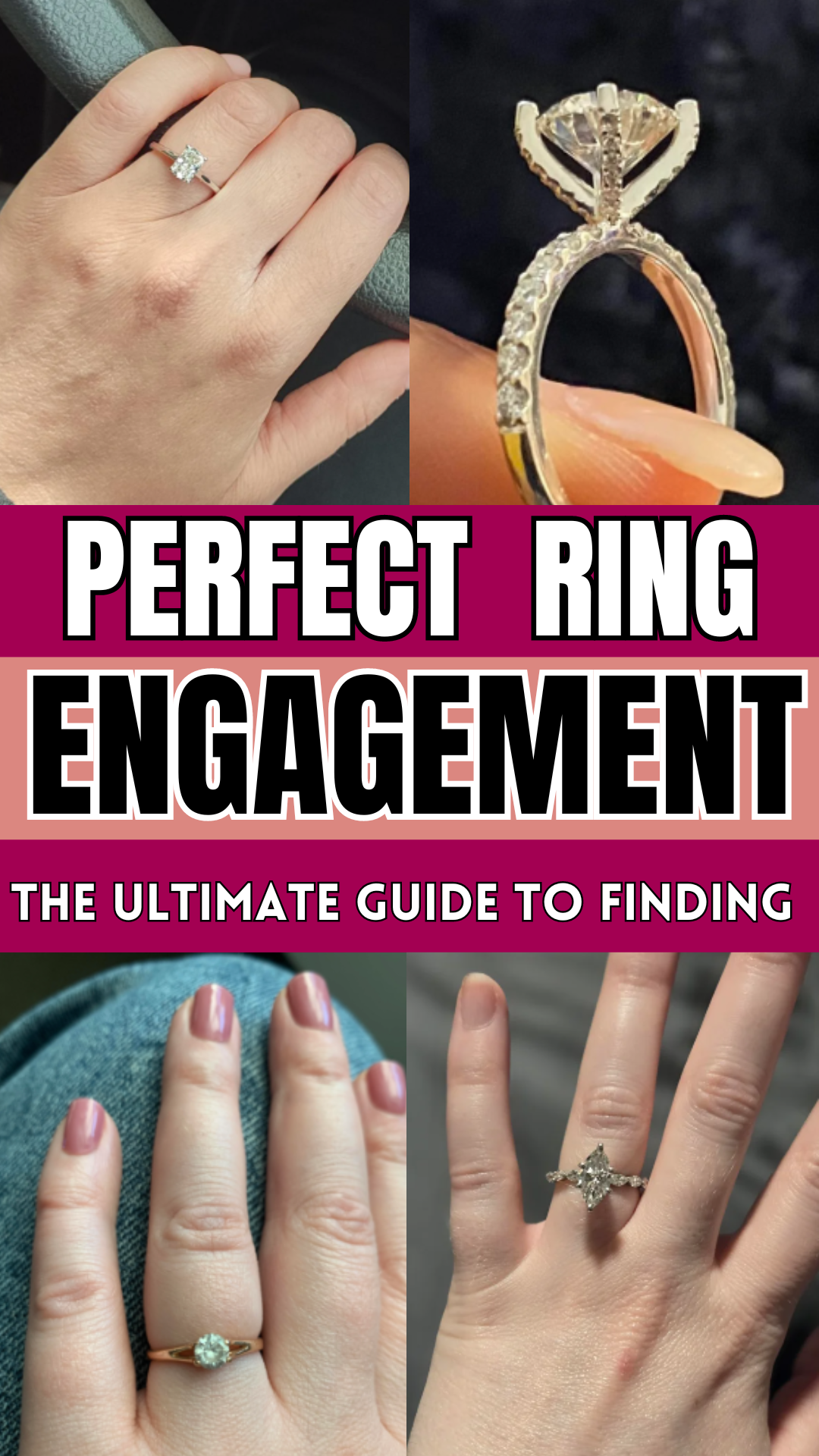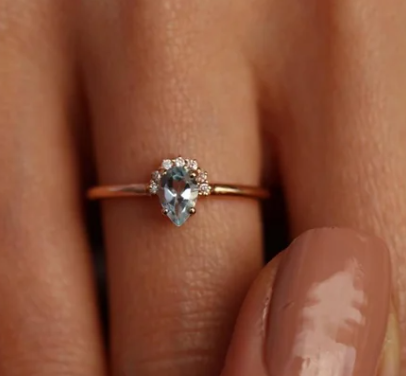The Ultimate Guide to Finding Your Perfect Engagement Ring
Choosing the perfect engagement ring is a significant and exciting milestone. This comprehensive guide will walk you through every step of the process, ensuring you select a ring that beautifully represents your love and commitment.
1. Determining Your Budget
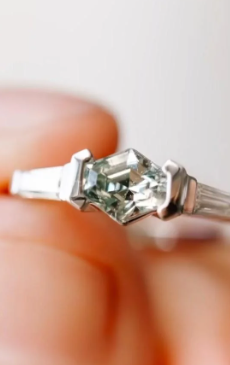
The first and most important step in choosing an engagement ring is setting a budget. Assess your financial situation and decide on a comfortable price range. The perfect ring doesn’t have to be the most expensive one. Focus on finding a ring that fits within your budget while still being special and meaningful.
2. Understanding the 4 Cs

The 4 Cs—cut, color, clarity, and carat weight—are essential factors in choosing a diamond. The cut affects the diamond’s sparkle, color refers to its hue, clarity denotes the presence of any imperfections, and carat weight measures its size. Familiarizing yourself with these attributes will help you make an informed decision.
3. Choosing the Right Metal Band
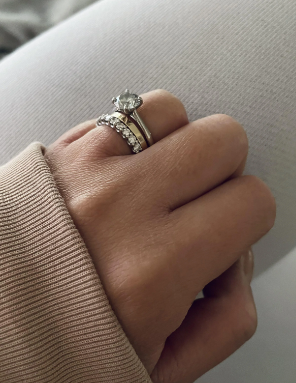
The choice of metal for the engagement ring band influences both its durability and overall look. Popular options include platinum, white gold, yellow gold, and rose gold. Each metal offers distinct characteristics that can enhance the ring’s style and longevity. Each metal has its unique characteristics: platinum and white gold offer a sleek, modern look, while yellow and rose gold provide a classic, warm tone. Select a metal that complements your partner’s style and skin tone.
4. Exploring Diamond Shapes
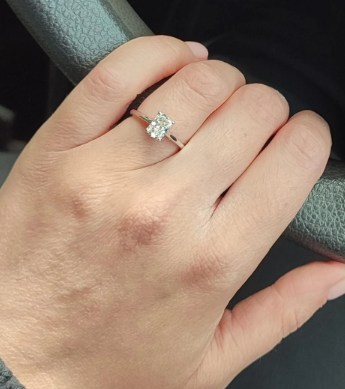
Diamonds come in various shapes, each offering its distinct appeal. Round, princess, cushion, and emerald cuts are popular choices. The shape of the diamond should align with your partner’s personal style. Whether they favor a traditional round cut or a more contemporary emerald cut, choose a shape that resonates with their taste.
5. Evaluating the Diamond Cut

The cut of a diamond plays a crucial role in its sparkle and overall look. A diamond with an excellent cut will reflect light exceptionally well, resulting in a dazzling display of brilliance. Look for diamonds with excellent or very good cut grades to ensure they exhibit maximum brilliance. The cut often impacts the diamond’s visual appeal more than its size.
6. Assessing Diamond Color
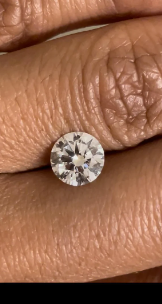
Diamonds are graded on a color scale from D (colorless) to Z (light yellow). For a vibrant and clear look, aim for diamonds in the G-H range. These diamonds appear near colorless and offer excellent value. Consider color grades carefully, as they can affect the diamond’s overall aesthetic.
7. Checking Diamond Clarity
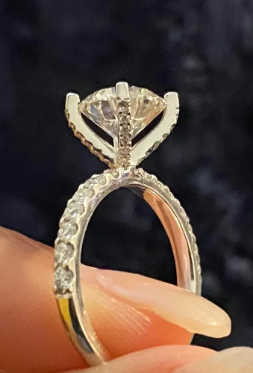
Clarity measures the presence of internal or external imperfections in a diamond. Higher clarity grades mean fewer visible flaws. For a clean and attractive appearance, look for diamonds with clarity grades of VS1 or higher. While minor imperfections are common, choosing a diamond with high clarity ensures it looks flawless to the naked eye.
8. Selecting the Ideal Ring Setting

The ring setting is crucial for showcasing the diamond. Popular settings include solitaire, halo, three-stone, and pave. A solitaire setting highlights the diamond alone, while a halo setting adds extra sparkle with surrounding stones. Choose a setting that enhances the diamond and complements your partner’s style..
Conclusion
Selecting the ideal engagement ring involves understanding key factors like the 4 Cs, choosing the right metal and setting, and ensuring the ring fits your partner’s style and size. With this guide, you’re prepared to make an informed decision and find a ring that perfectly symbolizes your love and commitment. Enjoy the process and celebrate this special moment with a stunning ring that will be cherished forever
